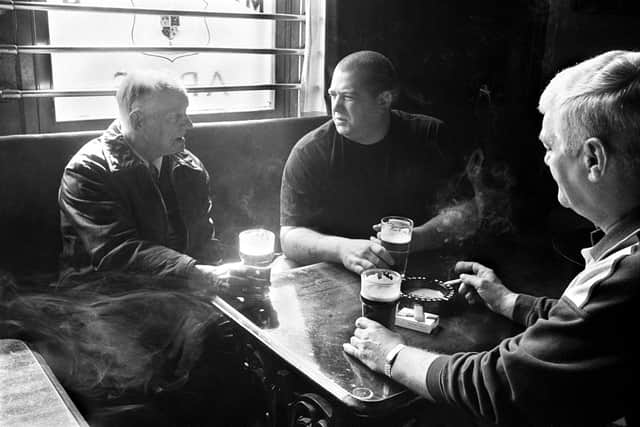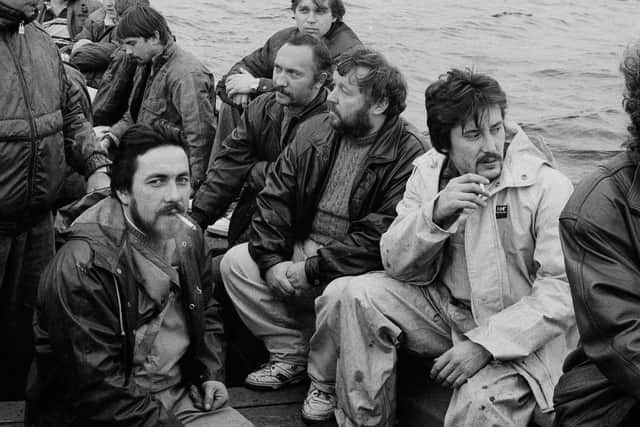Photographer gifts one million images that help tell the story of Scotland
Jeremy Sutton-Hibbert has gifted his work to St Andrews University, with the acquisition doubling its photographic archive which dates back to the first half of the 19th Century.
Everyday moments of ordinary people and their environments regularly feature in his collection as do the realities of industry - from North Sea fishing to coal mining - as he searches for the stories of our times.
Advertisement
Hide AdAdvertisement
Hide AdMr Sutton-Hibbert said: “It’s a huge privilege for my work to enter the collection but I don’t really see it as being about me. Over the past 32 years so many people have let me into their life, whether its into their living room or onto their fishing boat. So many people have let me in and on many occasions not really questioned why.
"This collection of work is their story and I hope that the pictures I take, if people see merit in them, will help in some way to contribute to the story of Scotland.”
Series of photographs taken in the aftermath of national tragedies, such as Dunblane and Lockerbie, also form part of the collection.
Mr Sutton-Hibbert started taking pictures aged nine, with his pet cat and family holidays among his first subjects. He later went to Glasgow College of Building and Printing with his growing abilities with a camera helping to fuel his need to travel and explore.
While Scotland remains a constant seam of his work, he has spent more three decades “travelling the world twice”, with overseas assignments including aftermath of 9/11 in New York, the Fukushima nuclear disaster in Japan and whaling in the Southern Ocean.


Mr Sutton-Hibbert added: “I am extremely lucky that my little camera takes me all over the world, whether it be down a coal mine or into Papua New Guinea. But with that there is the responsibility to share those images.”
He started to organise the last three decades of his work over lockdown with advice on archiving from Rachel Nordstrom, Photographic Collections Manager in the university’s Libraries and Museums, leading to the acquisition.
The photographer said: “You don’t take these pictures for them to be hidden away in a back bedroom. You take them so that hopefully they can benefit society.”
Advertisement
Hide AdAdvertisement
Hide AdMr Sutton-Hibbert said a photographer “first and foremost” had to be a people person who operated with honesty and inquisitiveness.


He said he felt he caught the “tail end of the golden age of photo journalism” with spreads in Sunday magazines and figures such as Don McCullin helping to propel the work.
Mr Sutton-Hibbert, a founder member of the Document Scotland photography collective, added: “Today, people everywhere are taking photos on smartphones and publications and websites are using this content from the public.
“But the danger is if that photo is not being archived. Is that image going to be looked after in 50 years time? How will it be accessed? How will you find it, where will it be?
"There is a great need for photographers to work in a documentary fashion. That is why archives like St Andrews are so important for the nation.”